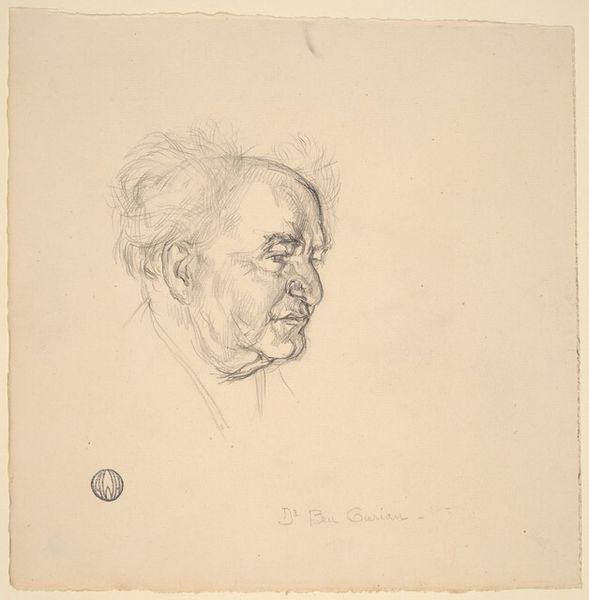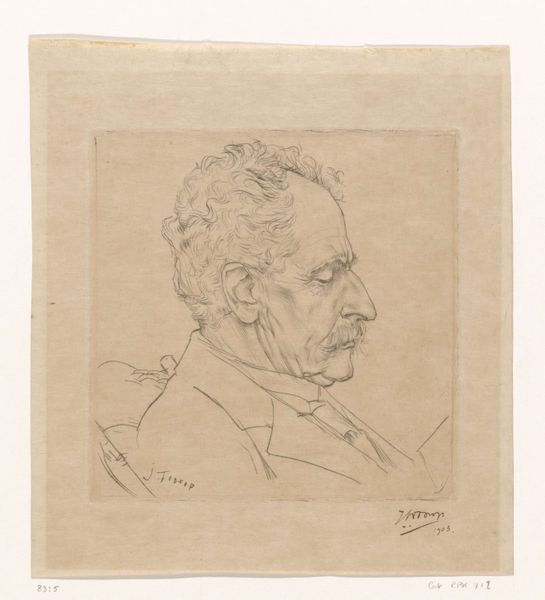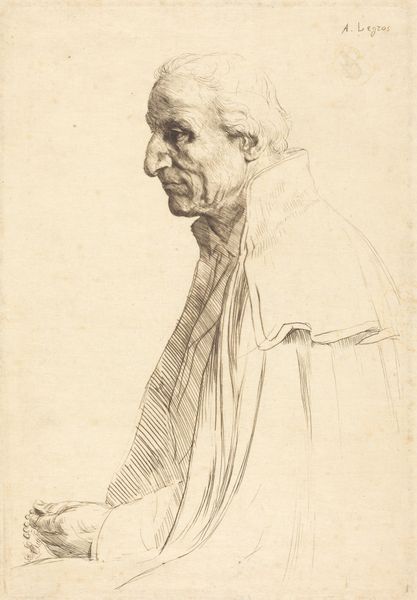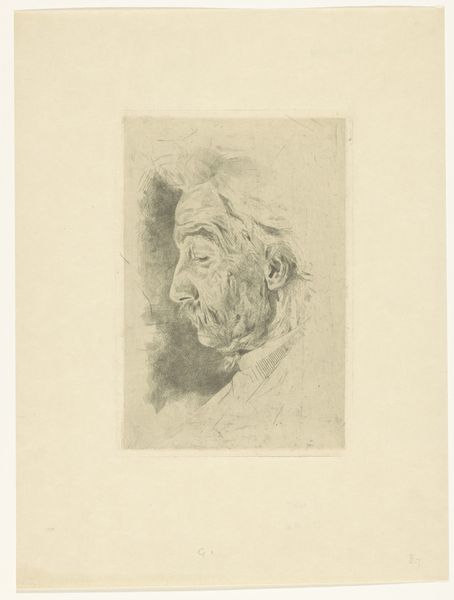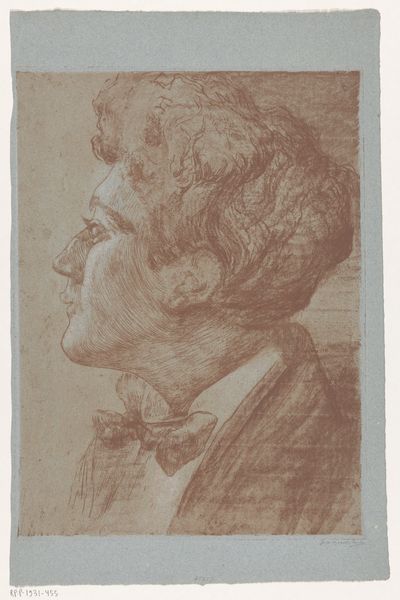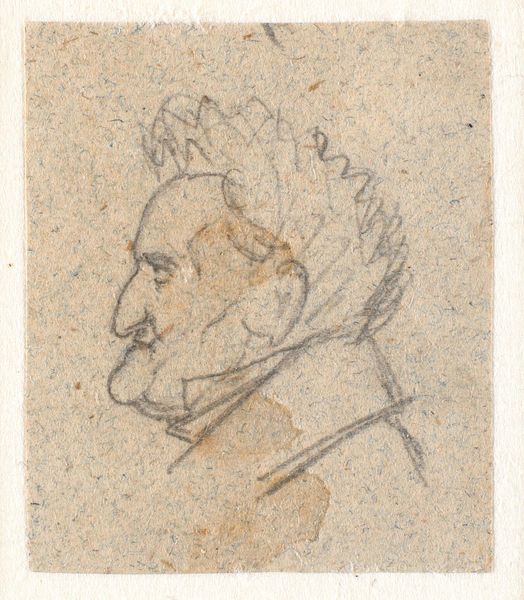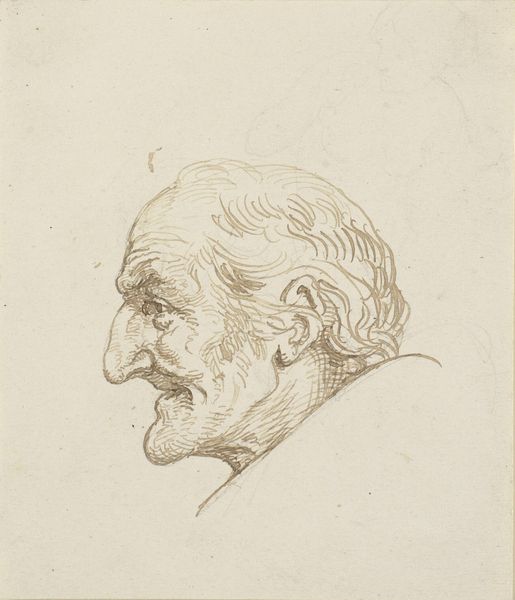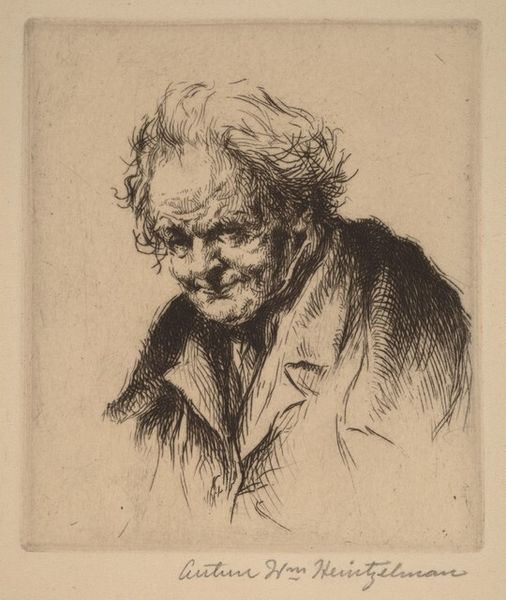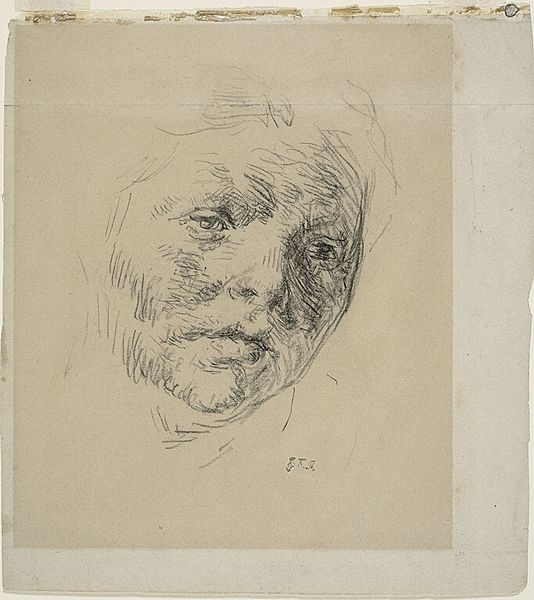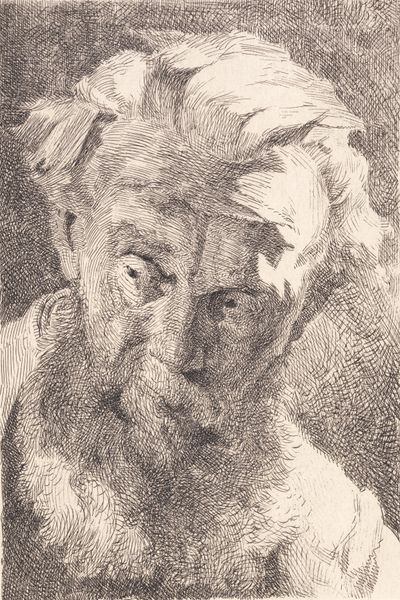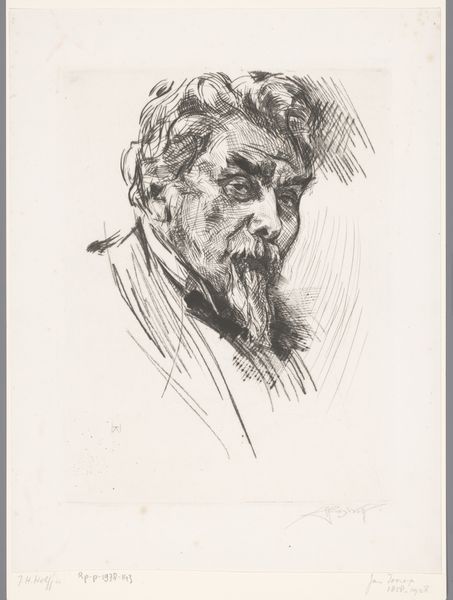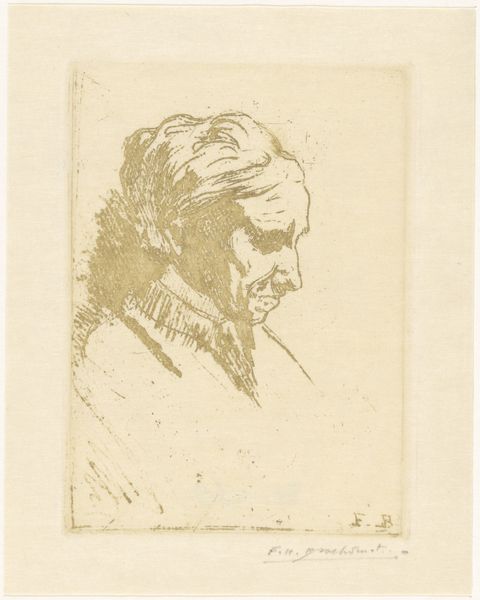
drawing, print, pencil
#
portrait
#
pencil drawn
#
drawing
# print
#
pencil sketch
#
charcoal drawing
#
pencil drawing
#
pencil
#
portrait drawing
#
realism
Dimensions: plate: 30.48 × 22.54 cm (12 × 8 7/8 in.)
Copyright: National Gallery of Art: CC0 1.0
Curator: Arthur William Heintzelman created this sensitive portrait of David Ben-Gurion around 1961, likely a print from a pencil drawing. Editor: The first thing that strikes me is the sheer weight of his gaze. He looks simultaneously pensive and resolute. It feels charged. Curator: Ben-Gurion’s leadership, especially in the years surrounding this work, involved a constant navigation between immense idealism and a pragmatism born of necessity. That tension seems reflected here. We can think about that from an intersectional view; particularly how national identity formation plays out across different power dynamics. Editor: Absolutely. The symbolism is fascinating. His hair is somewhat wild, unkempt, and yet his face conveys a grounded strength. There’s a connection there to ancient Hebrew prophets— men of the people, slightly outside the societal structures, and conveying both the pain and potential of a nation. Curator: Considering Ben-Gurion’s socialist ideals against the backdrop of emerging global power struggles during that period can illuminate a lot about how nationhood itself was conceived and contested. It reflects that postcolonial moment. Editor: Look at the light catching the right side of his face. This portrait transcends mere likeness, becoming a vessel for something deeper. I almost see an echo of Moses, grappling with leadership, a nation, and divine will. Curator: Yes, his work serves as a lens through which we can examine Ben-Gurion's complicated role in shaping Israeli identity and politics in a post-Holocaust world and broader discussions around Zionism. Editor: Heintzelman has gifted us with an image that resonates long after we’ve left it, prompting consideration not only of this leader, but what symbols nations and movements truly want to stand for. Curator: By bringing in historical context, power, and philosophy, we recognize it does so much more in conversation than alone, particularly to more fully understand his importance on the geopolitical stage.
Comments
No comments
Be the first to comment and join the conversation on the ultimate creative platform.
